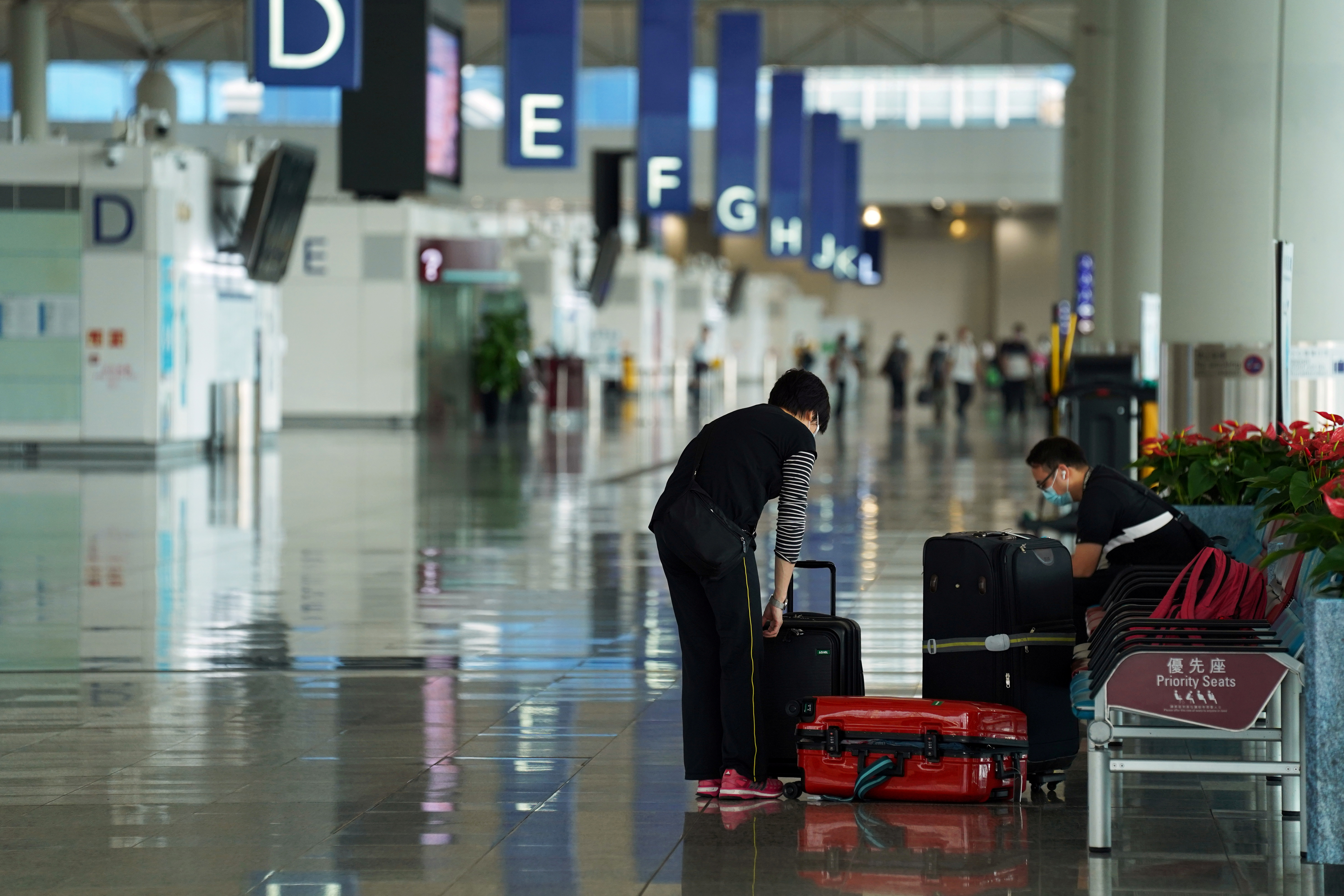
Hong Kong has announced that it is ending a controversial ban on airlines found to have transported passengers with COVID-19, easing one of the international financial centre’s most draconian pandemic restrictions.
The government said on Thursday that testing upon arrival for all passengers, followed by testing during mandatory seven-day quarantine, has caught the vast majority of inbound cases.
Officials in the Chinese territory also cited returning students from overseas as a reason to ease the flight restrictions.
Hong Kong leader John Lee, who began his five-year term last week, had earlier pledged to shore up the city’s deteriorating reputation as an international business hub, while also warning against “lying flat” against the virus.
“The social cost caused by the ‘circuit breaker mechanism’ is quite large, and it also brings unnecessary trouble to these international students and their families,” the government said in a statement.
Under the measures, airlines faced a five-day flight ban if either more than five passengers or five percent of the total flight tested positive for COVID-19. Previously, flights were banned for up to two weeks.
The policy, which resulted in the banning of more than 100 flights this year alone, was part of a suite of “zero COVID” measures that have brought travel to a standstill in what was formerly one of the world’s busiest transit hubs.
Numerous residents have reported being trapped outside the city for weeks or months since the policy was implemented due to the difficulty of securing flights and a spot in hotel quarantine.
The strict measures, along with a sweeping national security law used to crack down on dissent, have fuelled an exodus of residents from the former British colony, which for decades has branded itself as “Asia’s World City”.
Steve Schechter, an American IT manager who has lived in Hong Kong since 2001, said the move was a “great step in the right direction for the new administration.”
“I have always thought that the flight ban was unnecessarily punitive, negatively impacting not just businesses that could not reasonably control the situation, but causing excessive costs and stress and damage to hundreds of thousands of travelers,” Schechter told Al Jazeera.
Ahead of lifting the flight ban, the government earlier this week added an extra COVID test to its quarantine protocols. Travellers must now undergo a pre-departure PCR test and five additional PCR tests over 14 days, while also providing proof of vaccination.
The city is one of the last remaining places on earth to have significant restrictions on travel alongside mainland China, Macau and Taiwan.
Hong Kong’s air passenger capacity fell from eight percent in 2021 to four percent in May 2022, whereas rival Singapore’s flight capacity grew from 33 percent to 66 percent, said Gary Ng, a senior economist at Natixis in Hong Kong.
Ng said the end of the flight bans may be too little, too late.
“Hong Kong’s removal of its flight ban is only lifting one of the many unnecessary hurdles imposed by the government,” Ng told Al Jazeera.
“We should not forget there is still a de facto quota of arrivals due to the excessive quarantine requirement. The divergence between Hong Kong and the world is only growing larger as other competitors are moving on much quicker.”







